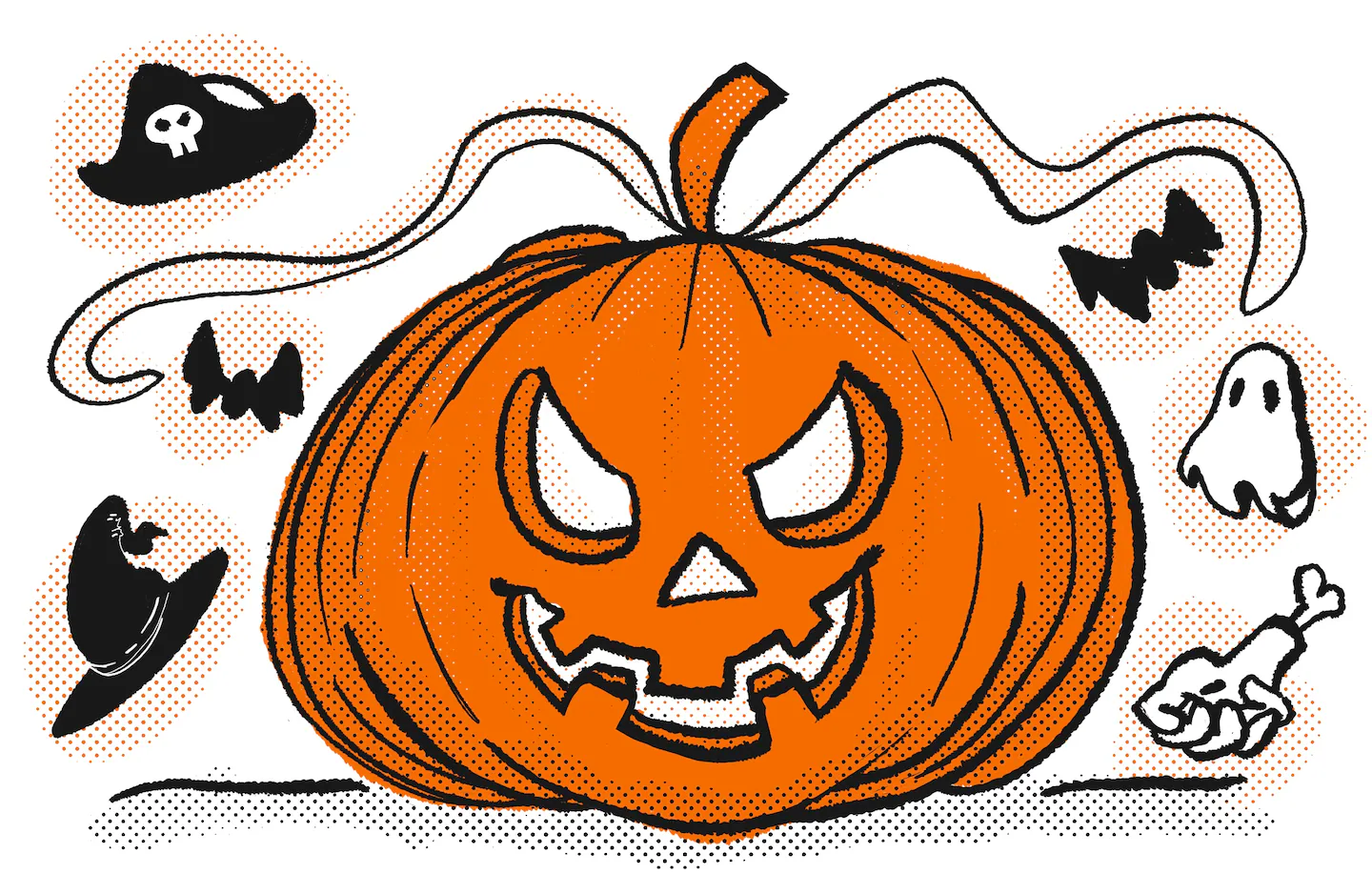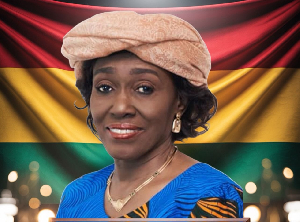Copyright The Boston Globe

While the concept of witches existed long before the 16th century, the European witch trials, which peaked from the late 1500s-mid 1600s, were when the image of what a witch would wear began to take shape. “Once witchcraft trials come to an end, which happens in the 18th century, the idea of the witch lingers on,” said Rachel Christ-Doane, director of education at the Salem Witch Museum. (Salem’s witch trials took place in 1692.) Depictions of witches wearing black gowns like in today’s Halloween costumes start to show up in the late 19th and the early 20th centuries (like in this newspaper from 1909), as public celebrations that would later become Halloween became more popular in the US. “You’re starting to see witches appear in plays and literature, almost always in the context of that traditional scary villainous figure, ” Christ-Doane said. “And that’s when we’re starting to see many of the stereotypes refine from older stories of witches — you know, like out in the woods, cooking over a cauldron, eating children, stuff like that.“ Versions of witches with green skin and striped stockings arrived in pop culture in 1939, with the film “The Wizard of Oz.” Christ-Doane noted the concept of “good” witches spread from Frank L. Baum’s original children’s book, published in 1900, helping to pave the way for witches also to be portrayed as empowering figures. As for the tall, pointed Witch’s hat, historians can’t agree on its source. Christ-Doane mentioned some people argue conical hats were just a popular fashion item at a certain point during Europe’s witch trials. Others argue the witches’ hat may have been based on the Judenhat, “Jewish hat,” or “horned skullcap” that Christian authorities forced Jewish people to wear in the Middle Ages. Anti-semitic stereotypes tied the hat to the devil, evil, and sorcery. Pagan rituals involving farmers dancing with pitchforks or brooms by moonlight to promote an abundant harvest could be the source of tales about witches flying on brooms. The first known illustration of witches on brooms in Western art dates all the way back to 1451. “Some people said witches flew backwards on goats, some people said broomsticks, some people said pitchforks,” said Christ-Doane. “In Salem, the specific story was they flew on sticks or poles.” Why the broomstick has endured “we’ll never know with certainty,” she said. How in the afterworld did bedsheets become the default ghost costume?Somerville author and Halloween expert Lesley Bannatyne said the tradition likely takes its cue from burial shrouds — large, sometimes-white cloths used to wrap the deceased before they were buried or cremated. “It’s one of our oldest Halloween symbols,” said Bannatyne, whose books include “Halloween Nation.” “We don’t think of it like that anymore because the idea of a ghost has changed overtime, but it was originally terrifying.” The costume traces all the way back to Halloween’s predecessor, the pagan festival ofSamhain, meant to scare away evil spirits and welcome a good harvest. Bannatyne noted early costumes tended to be simple and affordable, and emphasized hiding one’s identity to blend in with the demons possibly roaming the Earth, (and later on to help the wearer get away with pranks). Thus the practice of cutting eye holes in an old sheet was was born. “As times get modern, the ghost gets modern,” said Bannatyne. “I think by the end of the 1930s, we have Casper, the friendly ghost. And so the image of the ghost — Casper’s basically a ghost in a white sheet — becomes a friendly thing and a fun thing.“ The extravagant jewelry and theatrical outfits you see in pirate costumes today aren’t true to the real life marauders of history, according to Jason Paul, otherwise known as Capt’n Johnny Depths, who works as creative director at the Real Pirates Salem museum.. Most pirates didn’t even wear earrings, though they did wear belts and sashes to help carry weapons and other tools. “There is no way a pirate back then is going to dress the way we do now — as far as costumes go — that’s a lot of Hollywood.” Paul said. “You got to figure these guys are out on ships, doing what they have to do. They’re not wearing knee high boots, they’re usually barefoot.” Some pirate ship captains had the wealth to sport fancy coats and large hats when ashore in the 1690s, but most actual pirates wore practical clothing like linen shirts and baggy trousers. (Though records show that when crew members were about to be hanged, some wore their nicest clothing.) The pirates from Robert Louis Stevenson’s “Treasure Island” (1883) and J.M. Barrie’s play “Peter Pan” (1904) helped popularize eye patches, hooks, and peg legs, now common in Halloween costumes — though prosthetics were likely uncommon at sea during the golden age of piracy from 1650-1730. The popular skull-and-bones flag comes from real pirate flag designs like the Jolly Roger. Pirate ships would fly a traditional country flag to disguise their intentions, and then raise flags of various colors and imagery to threaten merchant ships. A pirate’s career was typically short and full of peril. “These guys knew their clocks were ticking ... The skull and bones was the sort of reminder of death," said Paul. “I tell my guests, never wait until tomorrow to make sure you’re having a good day — and [pirates] did that.” Bram Stoker’s 1897 “Dracula” wasn’t the first book about vampires, but it made a lasting impression. Stoker’s descriptions of his character’s pale skin, pointed ears, and sharp teeth endure in classic vampire costumes. The novel doesn’t mention much about Dracula’s attire, but the 1924 stage adaption in London introduced the formal suit and cloak, and the 1931 film “Dracula” reinforced the aesthetic. Some historians and physicians have speculated that vampire myths themselves may have been influenced by a hereditary blood disorder, porphyria, whose sufferers included Eastern European nobility. Patients, who lack enough heme, a part of the hemoglobin, in their red blood cells, can experience sensitivity to sunlight, aversion to garlic, and in rare cases, receding gums that could give the appearance of fangs. Tales of undead monsters can be found in several cultures, but zombies originated in Haitian folklore — Vodou sorcerers would bring zombies to life with spells. Later on, people enslaved in colonial Haiti feared suicide would cause them to become a zombie, forcing to continue their labor even after death. George A. Romero’s movie “Night of the Living Dead,” released in 1968, helped cement the image of modern zombies in pop culture. People in tattered clothes with ghastly wounds, hollow eyes, and scary prosthetics soon became the standard look. Zombie popularity exploded in the late 20th and early 21st centuries, fueled by music videos (Michael Jackson’s “Thriller” in 1982), video games (“Resident Evil” in 1996), films (“28 Days later” in 2003), and television shows (“The Walking Dead” in 2010). While it seems to have faded, Bannatyne noted many people loved — and still love — the community aspect of dressing up together as a group of zombies. “In general the undead is what Halloween is about,” Bannatyne said. “Any undead, whether it be ghost, vampire, zombie, Frankenstein — any reanimated corpse belongs to the world of Halloween.“ “We think of those who have come before coming back to us,” she said. What’s your favorite, classic Halloween costume? Let us know in the comments.



